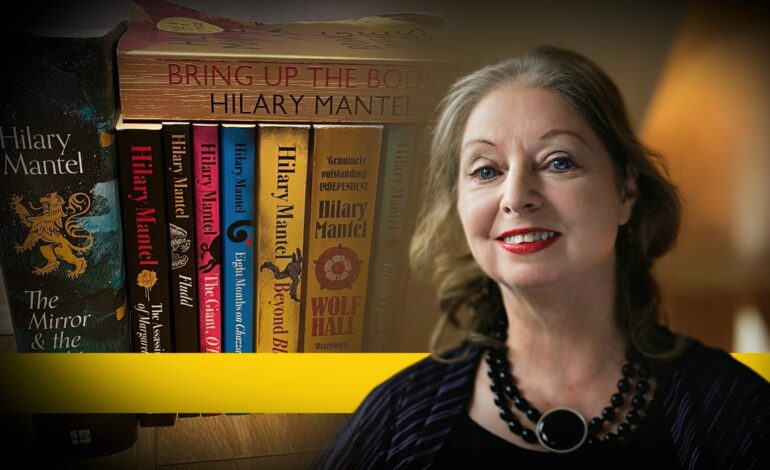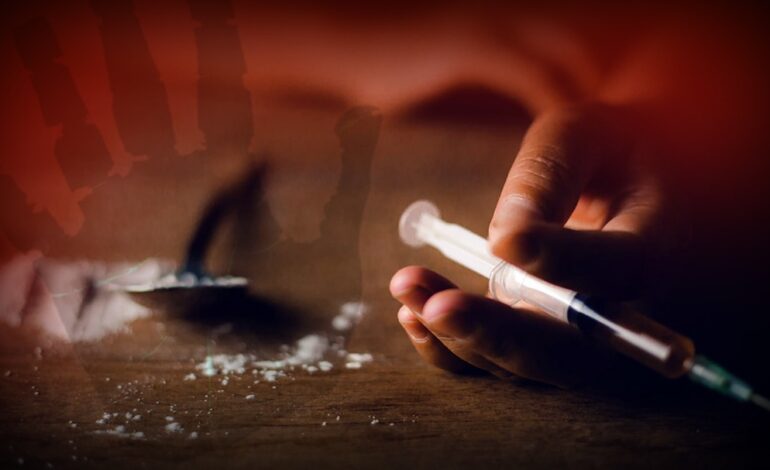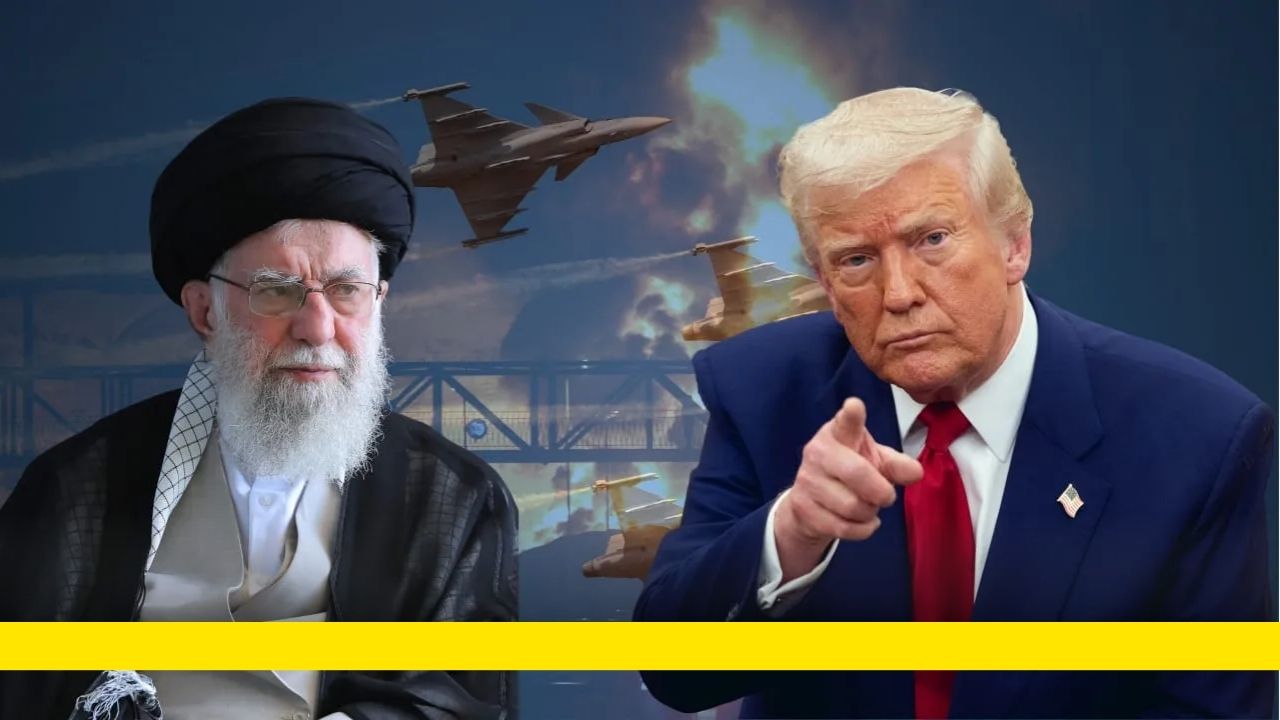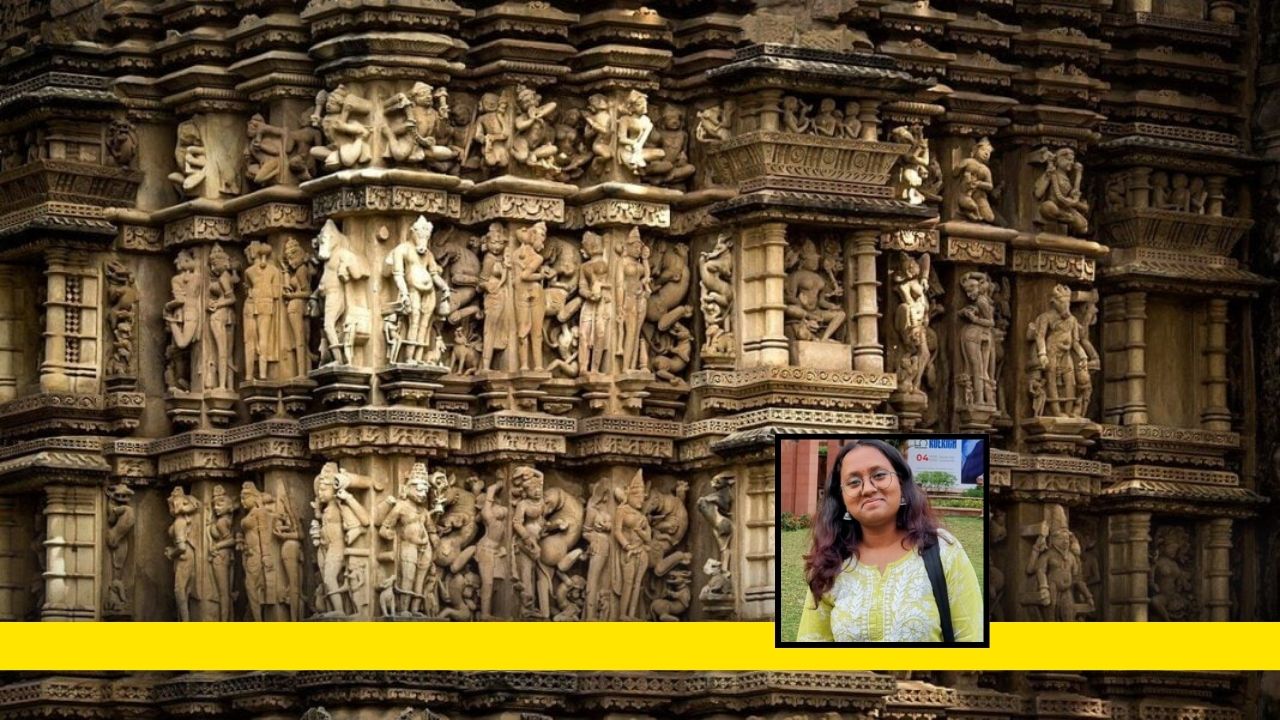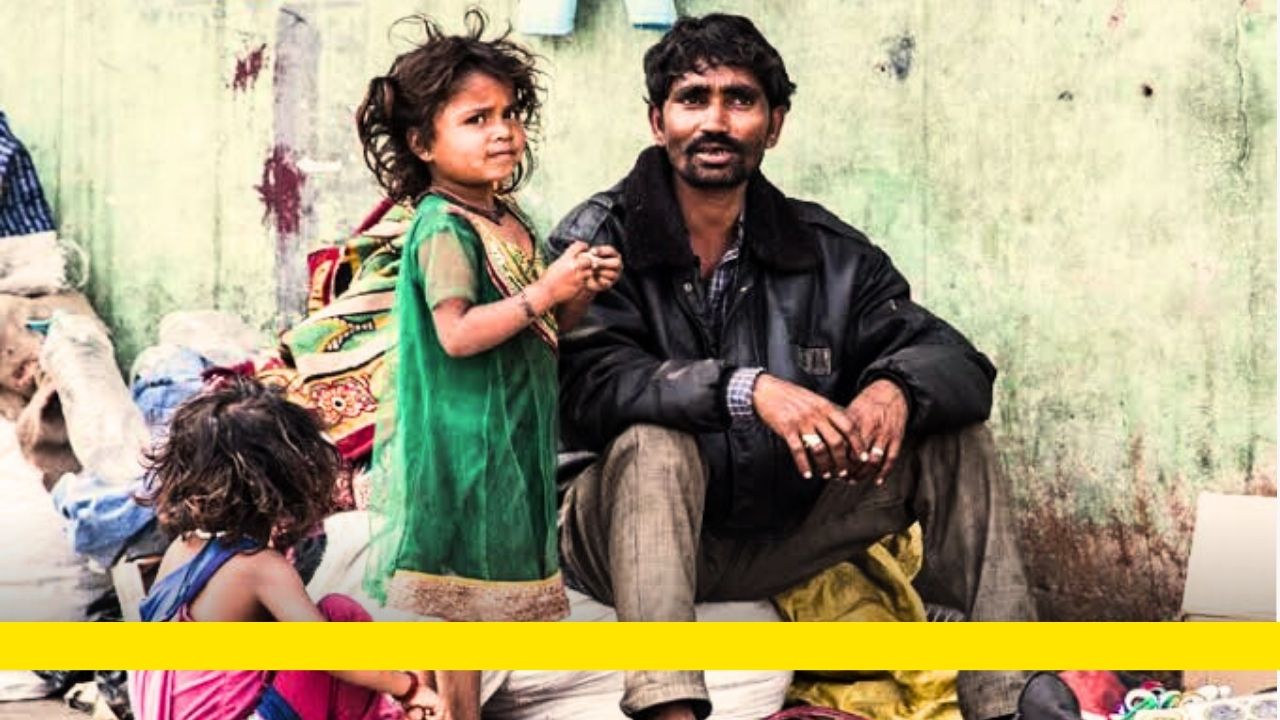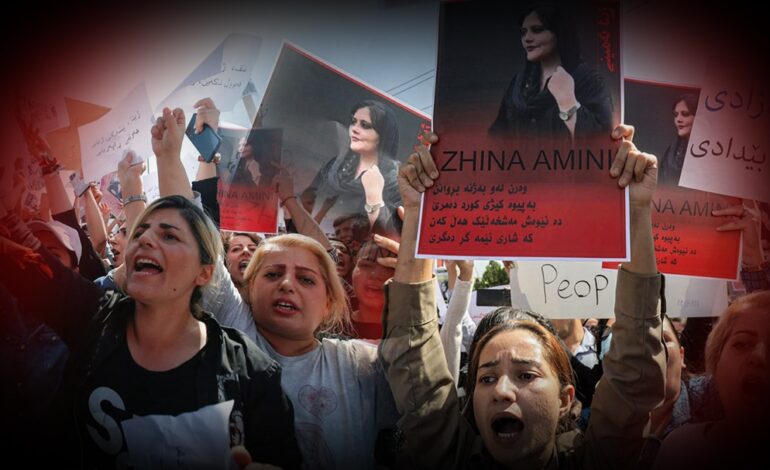
The situation that arose in Iran after the death of Mahsa Amini is indeed spiraling out of control. The 22-year-old girl died on September 16 while in the custody of the morality police of the Iranian government. She was detained for not wearing hijab properly and was apparently tortured by the morality police. The death evoked worldwide condemnation and spirited protests within Iran, driven mainly by young women. Mahsa Amini was arrested in the capital city of Tehran.
Mahsa Amini is a name in Farsi (Persian ), the official language of Iran. A Kurdish native, her name in her mother tongue is Sheena or Jeena. It means ‘Life Giving’. Kurdish people are not supposed to record or get known by their names in their mother tongue as they have been systematically oppressed in the name of culture and lineage.
Over 80 lakh Kurds live in Iran. It’s about 10 per cent of the country’s population. Farsies and Azerbaijans are the two other ethnic communities in Iran. Kurds call the border province Rojhilate, known as the Eastern Kurdistan or Iranian Kurdistan. It consists of 5 provinces – Kurdistan, Kermanshah, West Azerbaijan, Ilam, Lorestan. Sunni and Shia Muslims and Yarsanis also live there.
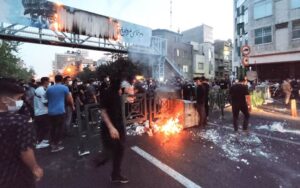
Many Kurds live in Tehran and other provinces. Many art and culture activists, including the world famous Iranian filmmaker Bahman Ghobadi, are of Iranian Kurd origin. A total of 4 crore people in the world are of Kurd origin. They are known as a nation without a country. Apart from Iran, Kurds live mostly in Turkey, Iraq and in Syria.
The 1978-1979 Iranian Revolution (also known as Islamic Revolution), marked the end of the rule of Shah Mohammad Reza Pahlavai of the Pahlavi dynasty and the rise of the Islamic Republic. Even though Iranian Leftists and Islamists supported the revolution, the Iranian state that later evolved over many decades was dominated by the absolute hegemony of the spiritual and cultural leadership of the Shia clerics.
Iran has institutions such as morality police to enforce its sectarian and communal customs. Known in Farsi as ‘Gasht E Ershad’, this is a section of the official police system of Iran. One of their jobs is to check whether everyone follows the rules of the country, especially those relating to women’s clothing, and arrest the violators. Later, in police station also known as advice centres, they would be given what is officially termed as education on the dress code. Independent journalists such as Fereshteh Sadeghi are of the opinion that such repressive measures have created opposition even among those who support the Islamic state.
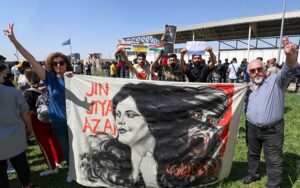
Mahsa Amini’s hometown is Saqqez in Kurdistan province. She was arrested by the morality police on the charge of not wearing hijab properly while she was travelling in her brother’s car on a private trip. President Ebrahim Raisi has ordered an investigation into the incidents that led to her death but those protesting aginst the killing of Amini consider this a farce. Iran’s Chief Justice and the United Nations have also called for an investigation.
British Iranian actor Omit Djalili commented in a video posted online that this murder is Iran’s George Floyd moment. [On 25 May 2022, in Minneapolis, the United States, a white policeman killed George Floyd, a black man, by pressing his knees on Floyd’s neck. This incident led to huge movement known as ‘Black Lives matter’ around the world].
Protests are also taking place on social media platforms. Due to the widespread Internet blackout in Iran, it is difficult to get accurate information on these protests. A large number of Kurdish artists and women’s liberation activists have been imprisoned by the authorities in response to these protests.
Azadeh Jamaati and her husband Amir Gholami, both film activists from Sanandaj , were among those arrested, according to their friends. This artist-couple were curators at the 5th Slemani (Iraqi Kurdistan) International Film Festival last year, where I was part of the jury. They were in charge of the seminars. Amir was on the panel in a seminar that I attended. I now remember the friendly and loving welcome these film activists and other hosts accorded to me.
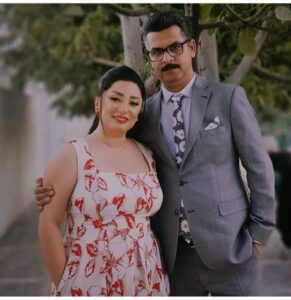
There are many who believe that these events may snowball into widespread protests against Iran’s morality police and the Islamic Republic themselves. Demonstrations in favour of the Iranian regime are also taking place. In the clashes between the two groups, many people have lost their lives. The Kurdistan Human Rights Network reported that three civilians were killed by government operatives in Eslamabad-e Gharb in Ilam province. There are varying reports about the total death toll.
In 2019, an Iranian woman named Sahar Khodayari dressed herself as a man and sneaked into a stadium to watch a football match. Jafar Panahi’s movie ‘Offside’ depicted a similar story. Khodayari , who was 29 then, set herself on fire protesting against the police arrest. Women’s emancipation plays an important role in Kurdish liberation ideology. Women, Life, Liberty are the three basic principles of this. In Rojava in Syrian Kurdistan, there is a village exclusviely for women, which is unique in the world.
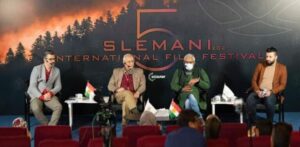
Let me end this write up with a translation of sorts of a poem written a long time ago by famous Kurdish poet Sherko Bekas (sourced from Masih Alinejad’s tweet). In this poem written long ago, Sherko Bekas masterfully and magically describes the regime in Tehran:
Tehran doesn’t laugh with anyone
No one, but death.
It doesn’t enjoy anything
except death,
His wife, his son, his daughter
Their names all are death.
What is not conceived there
Is Life!
Translation : Gopika Gopan R
Notes:
Fereshteh Sadeghi is an Iranian journalist and social media activist based in Tehran, where she has written for Panjereh and other Iranian publications. She holds a master’s degree in women’s studies from the University of Tehran. On Twitter: @fresh_sadegh
ജീവിതത്തിനും മരണത്തിനുമിടയിലെ വസ്ത്രധാരണങ്ങള്
ഈ ലേഖനം മലയാളത്തിൽ വായിക്കുവാൻ ഇവിടെ ക്ലിക്ക് ചെയ്യുക.


